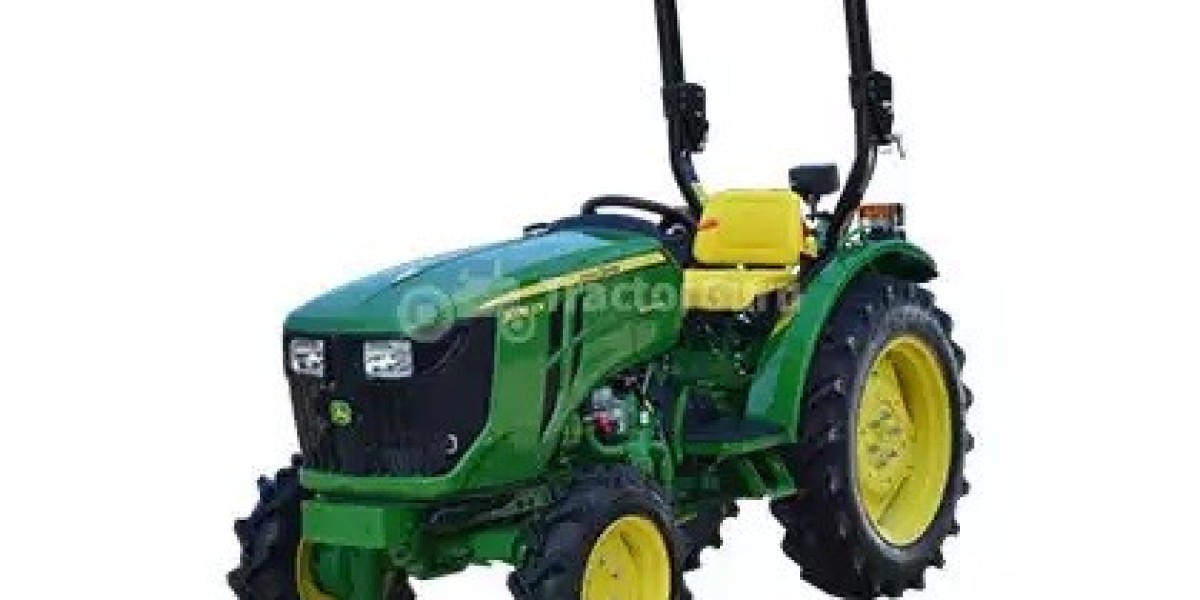Fire Sprinkler Pipes and Fittings: Safeguarding Infrastructure with Precision Engineering
As fire safety regulations become more stringent and urban construction booms, fire sprinkler pipes and fittings have become essential components in building safety systems. In 2025, these components are not only about meeting code—they are also about improving efficiency, reliability, and sustainability.
What Are Fire Sprinkler Pipes and Fittings?
Fire sprinkler pipes and fittings form the backbone of fire suppression systems. They transport water or other fire-extinguishing agents from a central supply to sprinkler heads, which automatically discharge when triggered by high temperatures. These systems help contain or extinguish fires early, minimizing damage and potentially saving lives.
Core Components
1. Pipes
Fire sprinkler pipes are made from a variety of materials based on application, budget, and code requirements:
- Black steel (Schedule 10/40): Strong and durable, commonly used in commercial systems.
- Galvanized steel: Offers added corrosion resistance, particularly in humid environments.
- CPVC (Chlorinated Polyvinyl Chloride): Lightweight, affordable, and commonly used in residential or light commercial buildings.
- Copper: Preferred for aesthetic applications or areas with high corrosion risk.
- PEX and composite plastics: Increasingly used for flexible, quick-install systems.
2. Fittings
These include elbows, tees, couplings, and reducers, typically made from:
- Steel
- Brass
- CPVC
- Ductile iron
Fittings can be connected using various methods: threaded, grooved, welded, or solvent-cemented, depending on the material and system design.
Trends and Innovations in 2025
Smart System Integration
Modern systems often include sensor-enabled pipes that monitor pressure, flow, and potential leaks in real time. These smart systems help improve maintenance and reduce system downtime.
Lightweight and Corrosion-Resistant Materials
Use of CPVC, PEX, and composite materials is growing due to their ease of installation, corrosion resistance, and compatibility with a wide range of environments.
Modular and Prefabricated Systems
Manufacturers now offer prefabricated pipe assemblies for faster installation and better quality control, reducing time and labor costs on construction sites.
Sustainability and Water Efficiency
Environmental concerns are driving the design of systems that use recycled materials and reduce water discharge during system testing.
Certification and Compliance
Builders are prioritizing pipes and fittings certified by standards such as UL (Underwriters Laboratories) and FM (Factory Mutual) to meet insurance and fire safety codes.
Applications by Sector
Sector | Common System Type | Preferred Materials |
Residential | Wet pipe systems | CPVC, PEX |
Commercial Buildings | Wet, dry, or pre-action | Steel, galvanized |
Industrial Warehouses | Deluge and dry pipe systems | Schedule 40 black steel |
Hospitals/Data Centers | Pre-action, water mist | Stainless steel, copper |
Considerations for Installation and Maintenance
- Corrosion Management: Choosing the right material is crucial for long-term durability.
- Pressure Testing: Systems must meet specific pressure requirements under emergency conditions.
- Water Quality: Scaling and buildup can degrade performance over time and must be monitored.
- Regular Inspections: Periodic maintenance ensures that the system is ready when needed.
Market Outlook
The global market for fire sprinkler systems, including pipes and fittings, is expected to grow steadily through 2030. Key drivers include:
- Stricter building safety regulations
- A rise in commercial and high-rise residential projects
- Increasing retrofitting of older buildings with modern fire suppression systems
Conclusion
Fire sprinkler pipes and fittings are a vital—though often unseen—component of modern safety infrastructure. In 2025, advances in materials, smart technology, and modular installation are making these systems more reliable, efficient, and sustainable than ever before.









